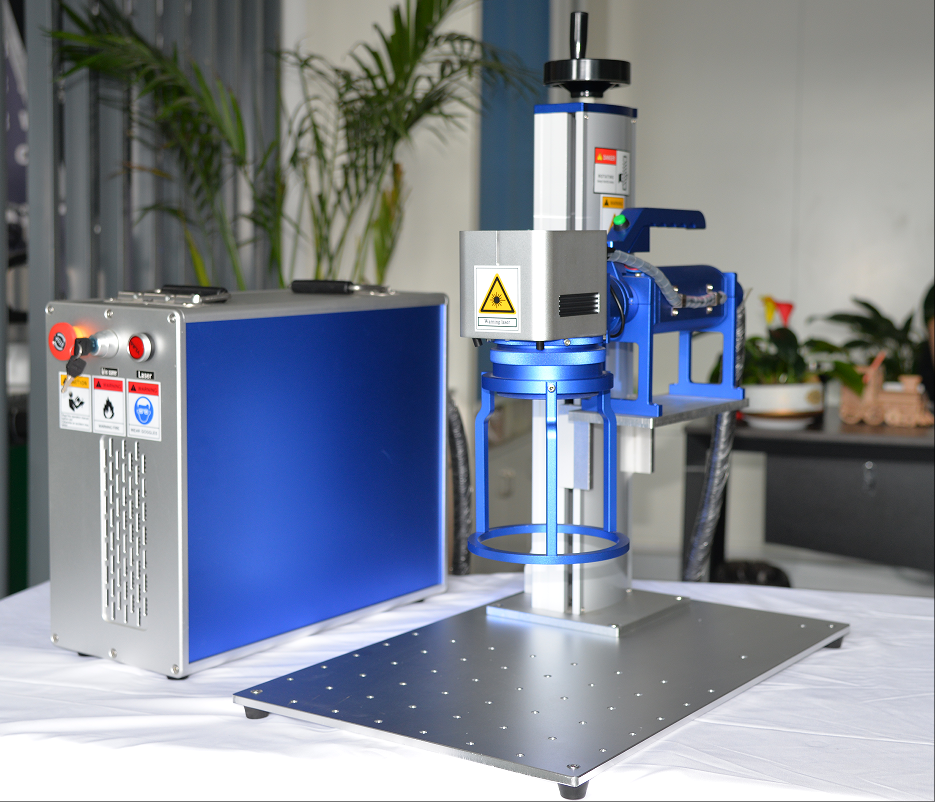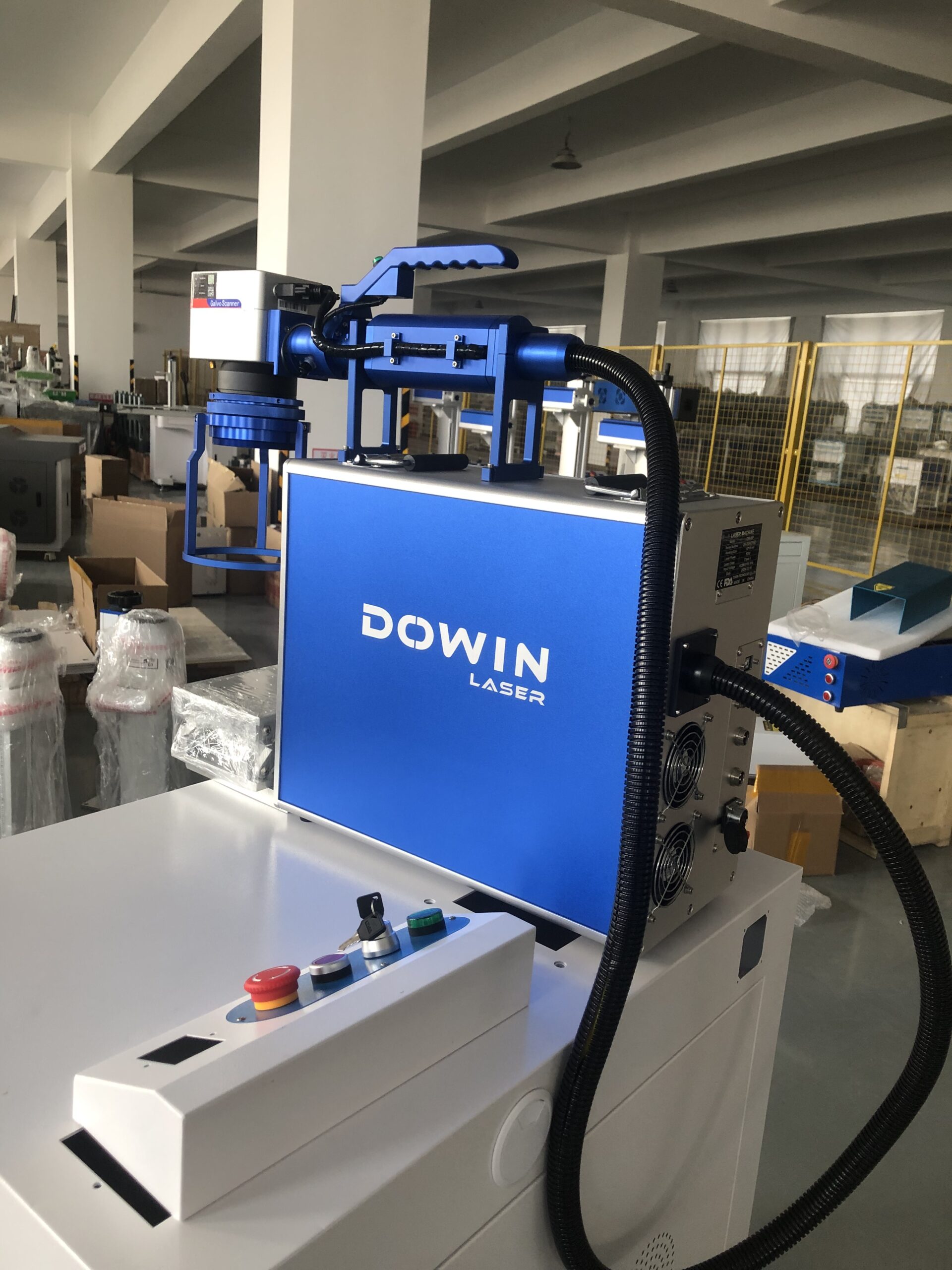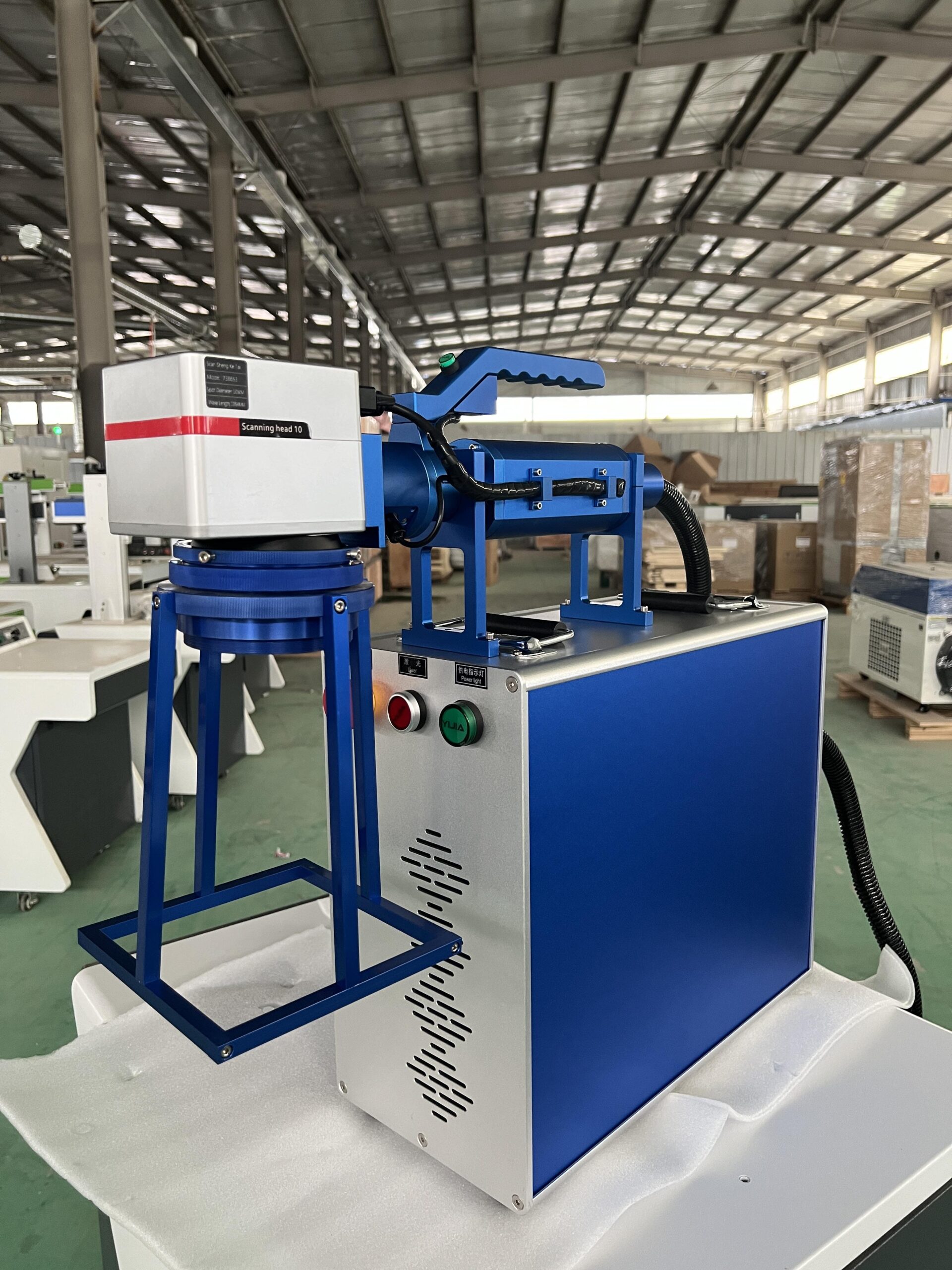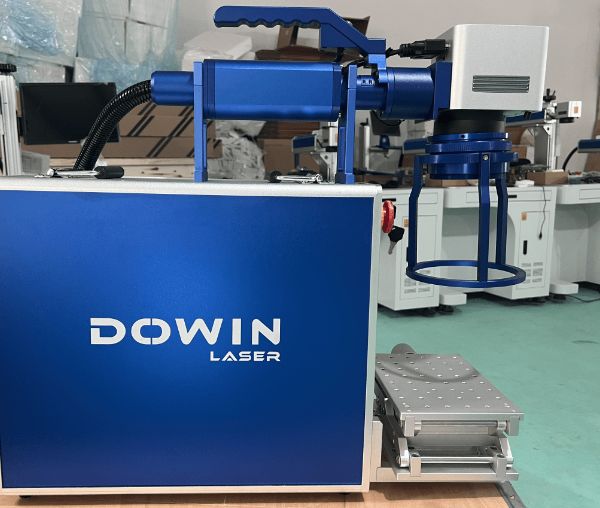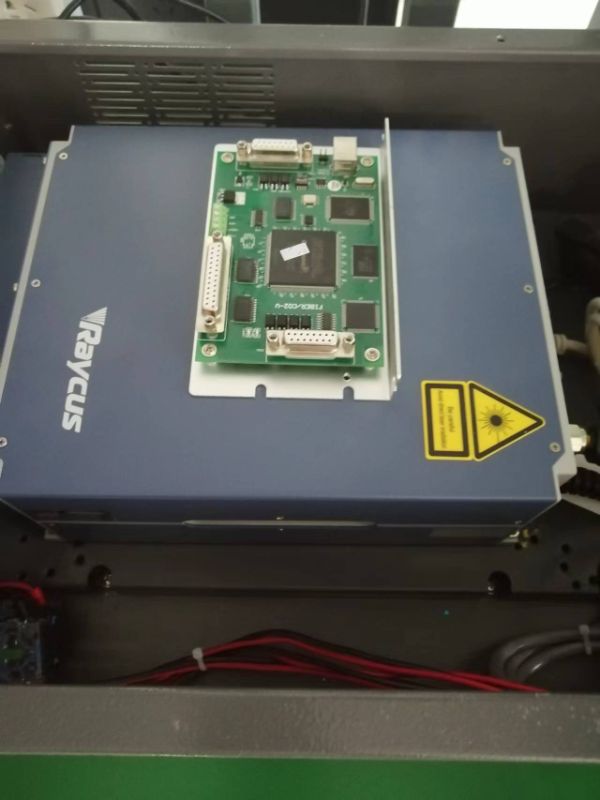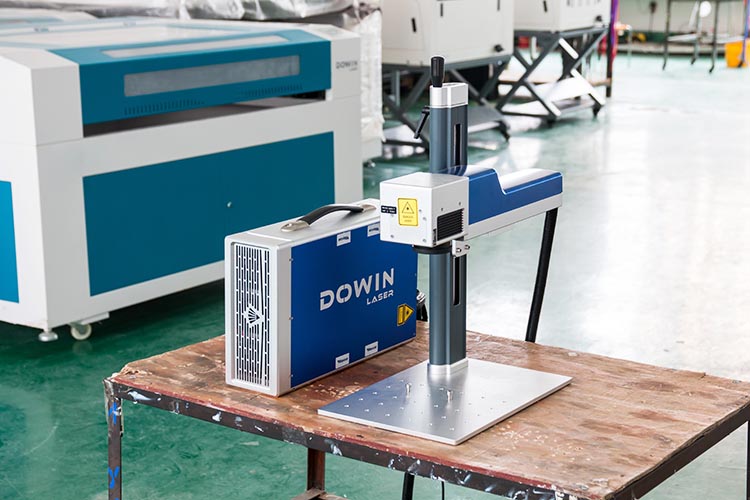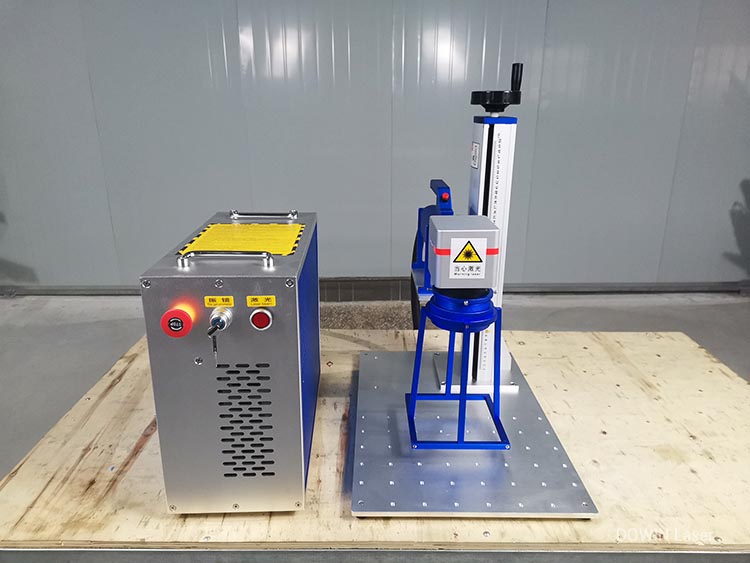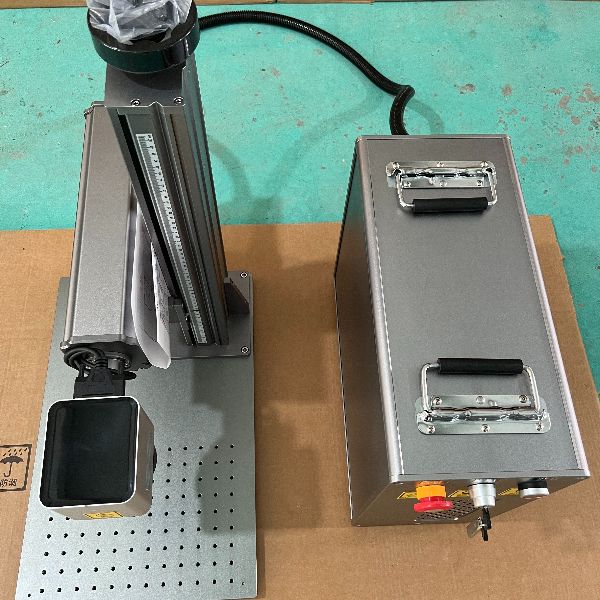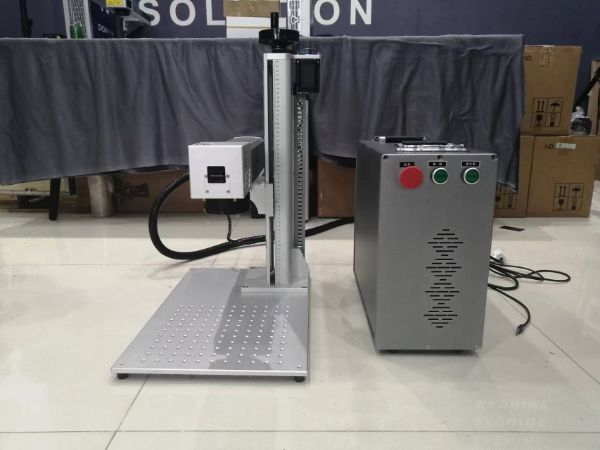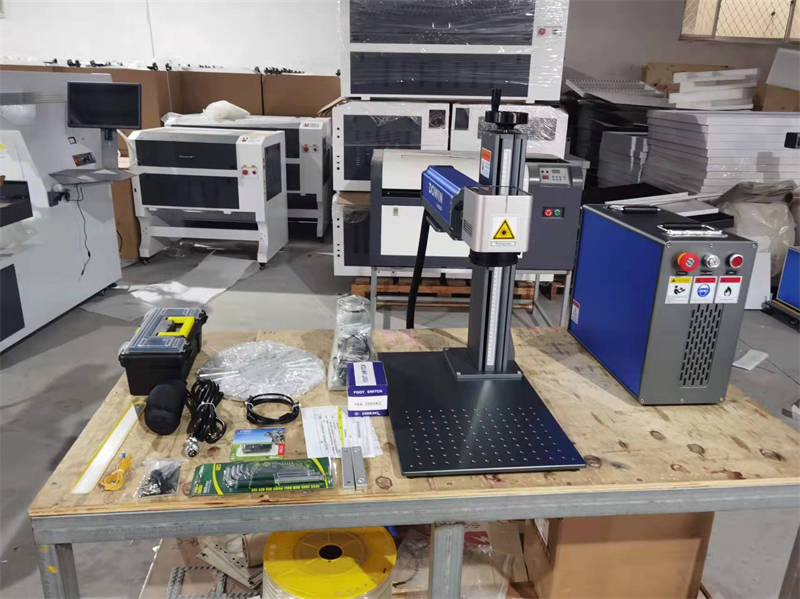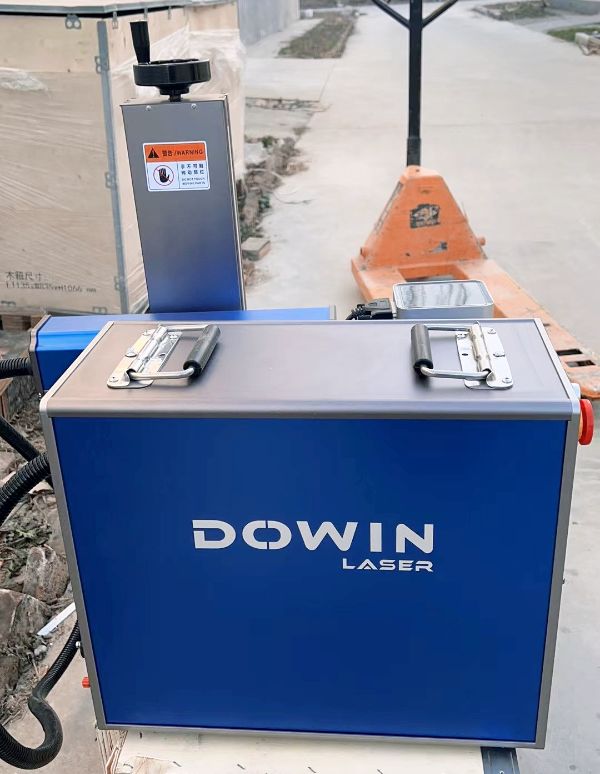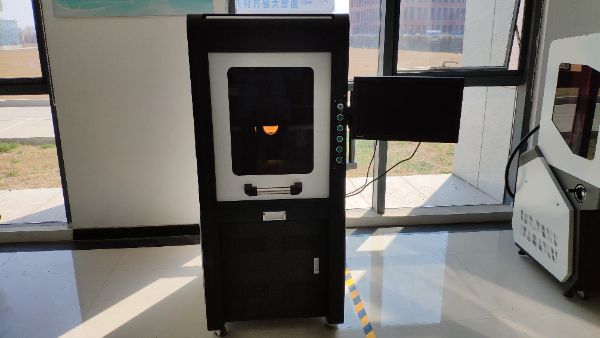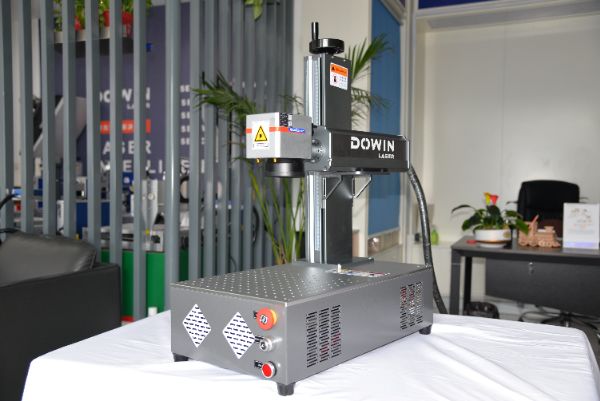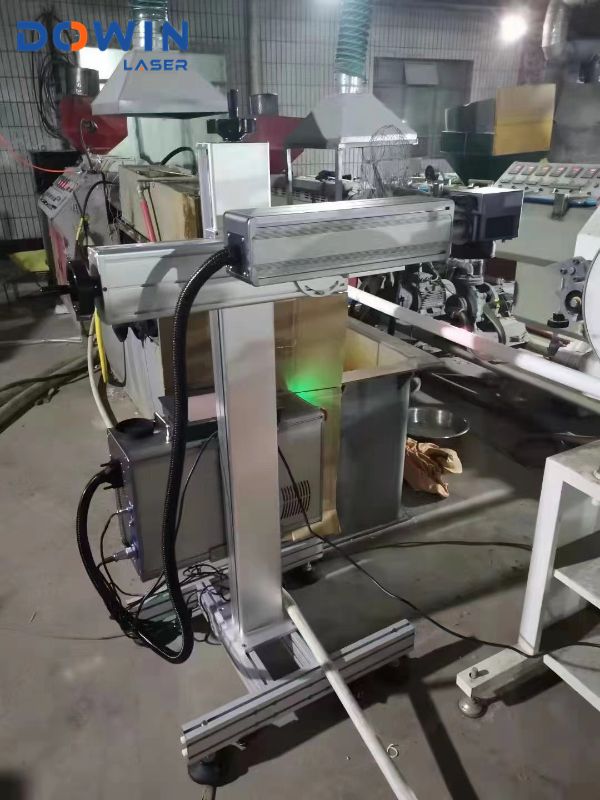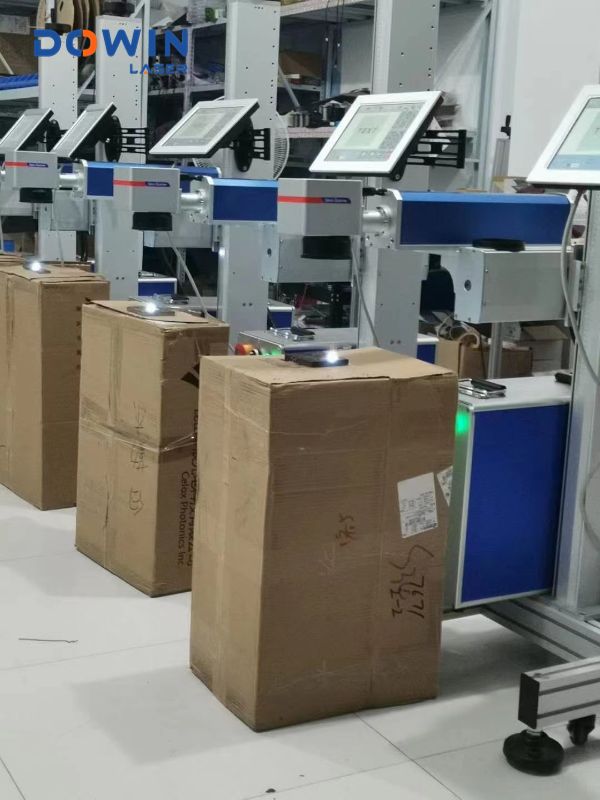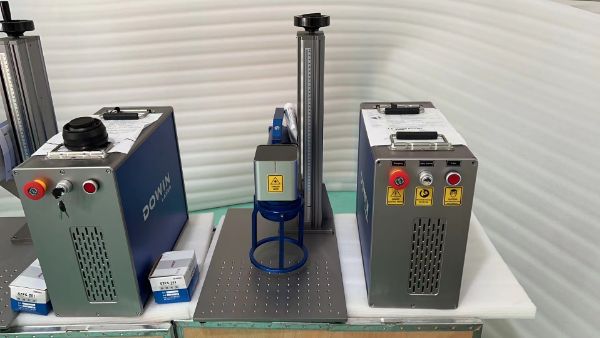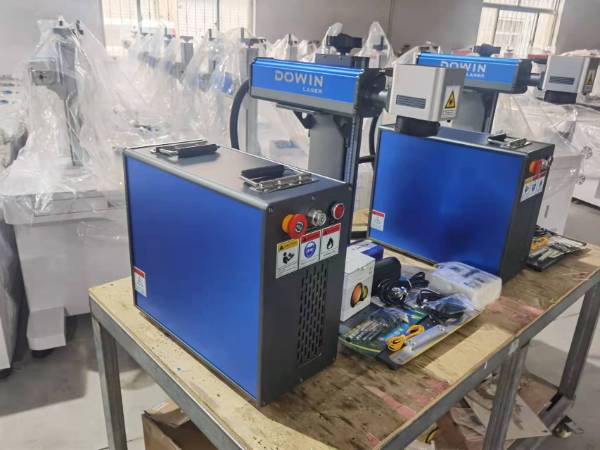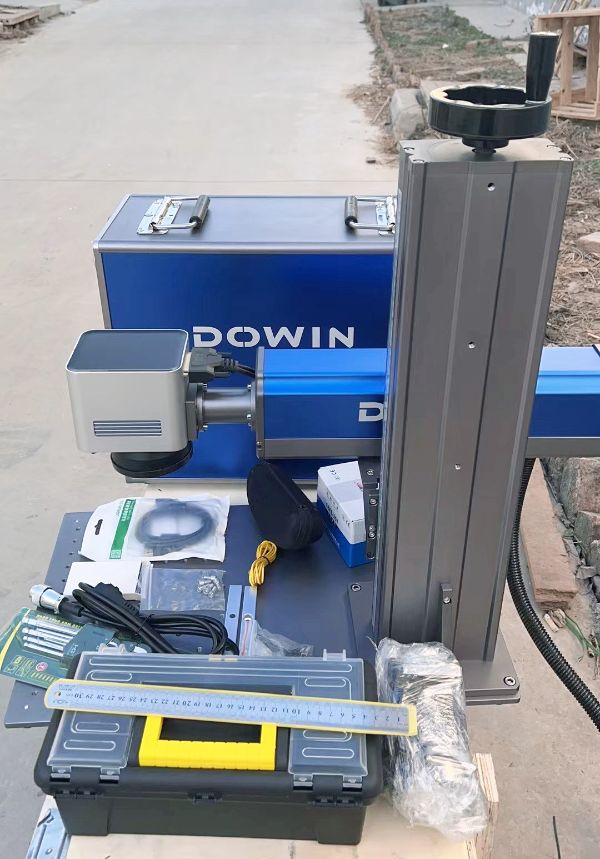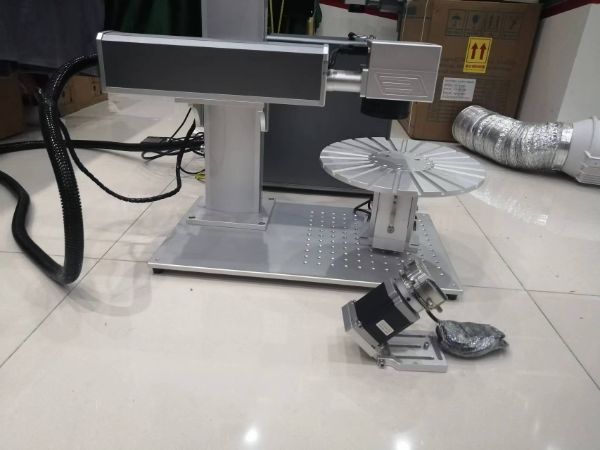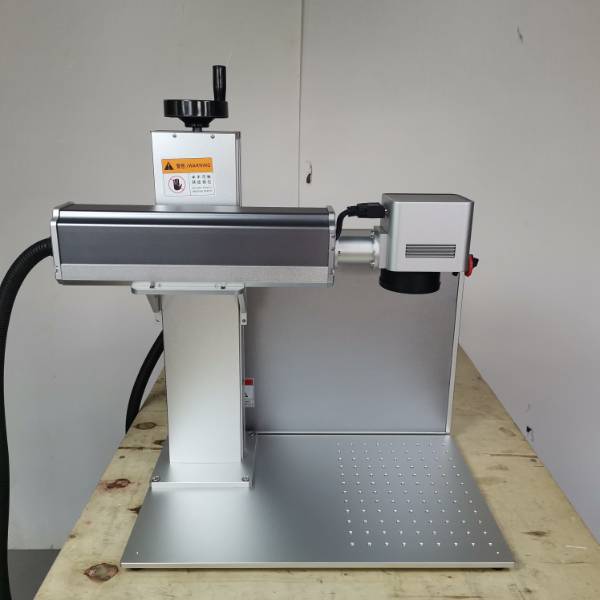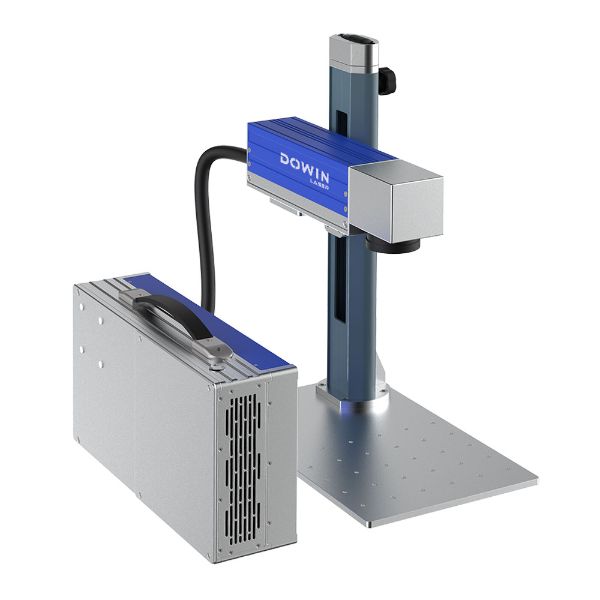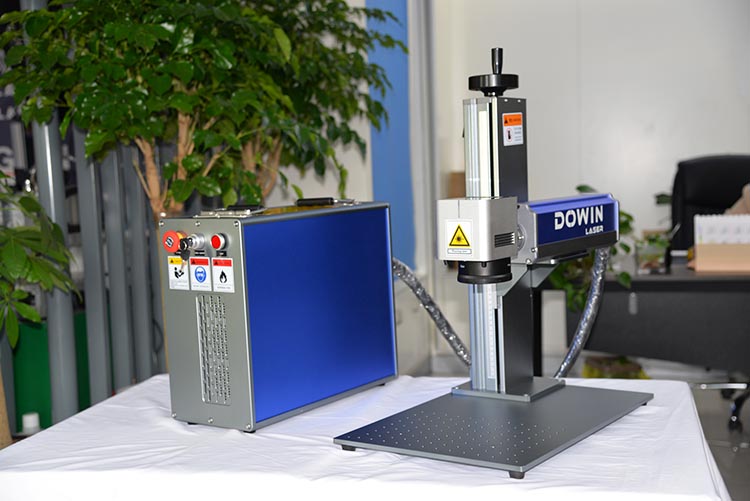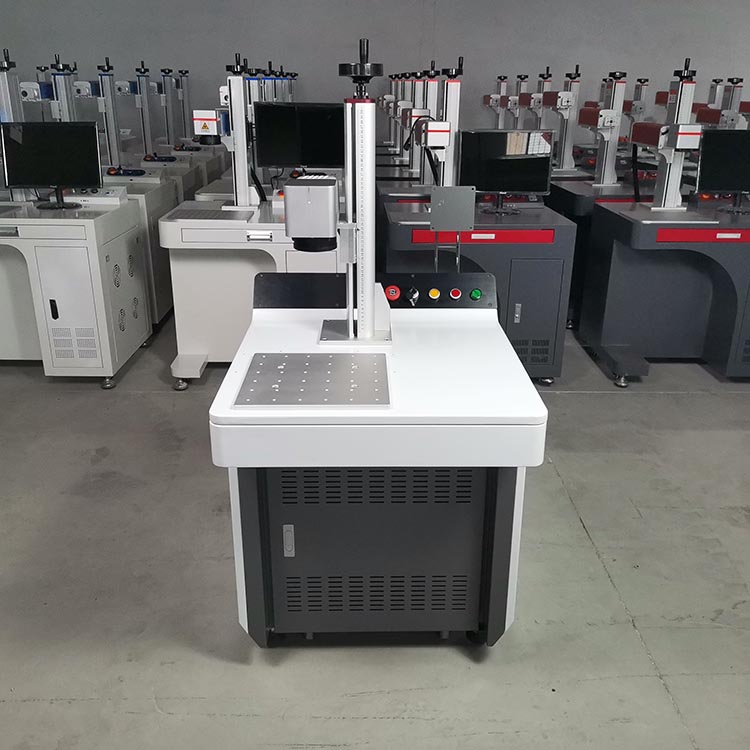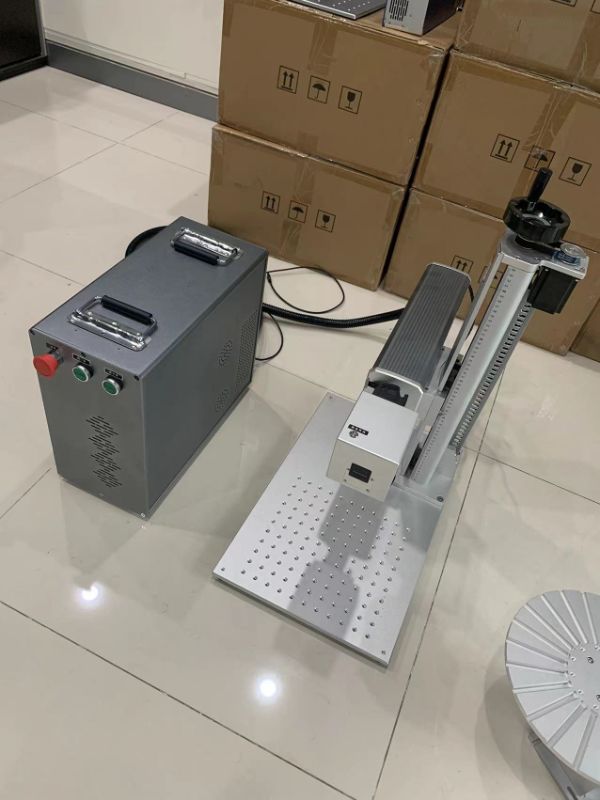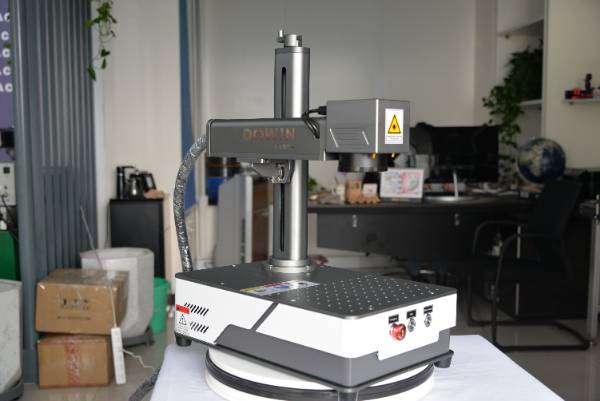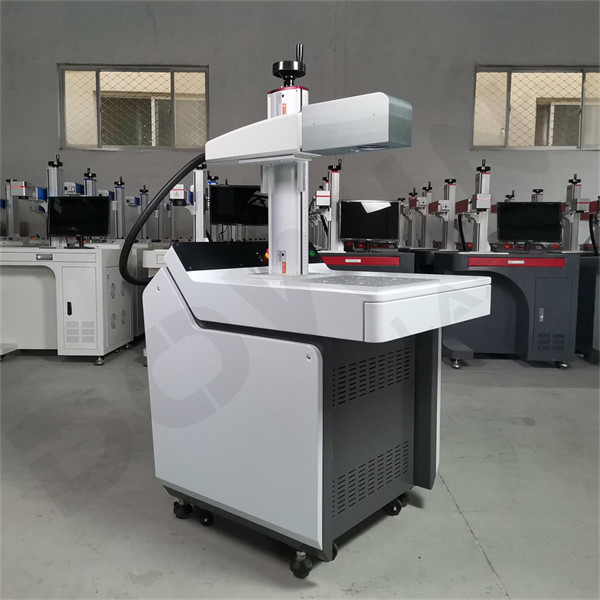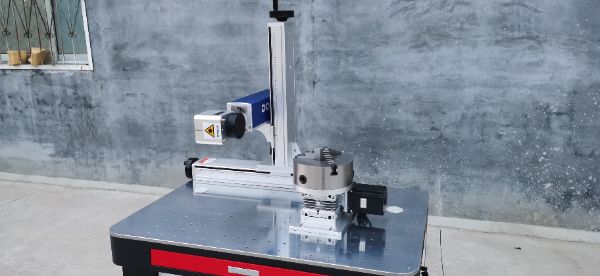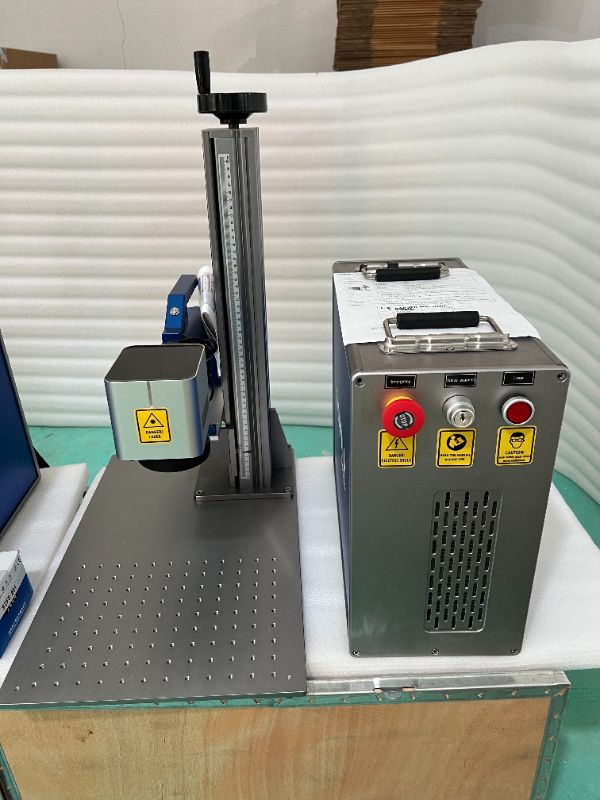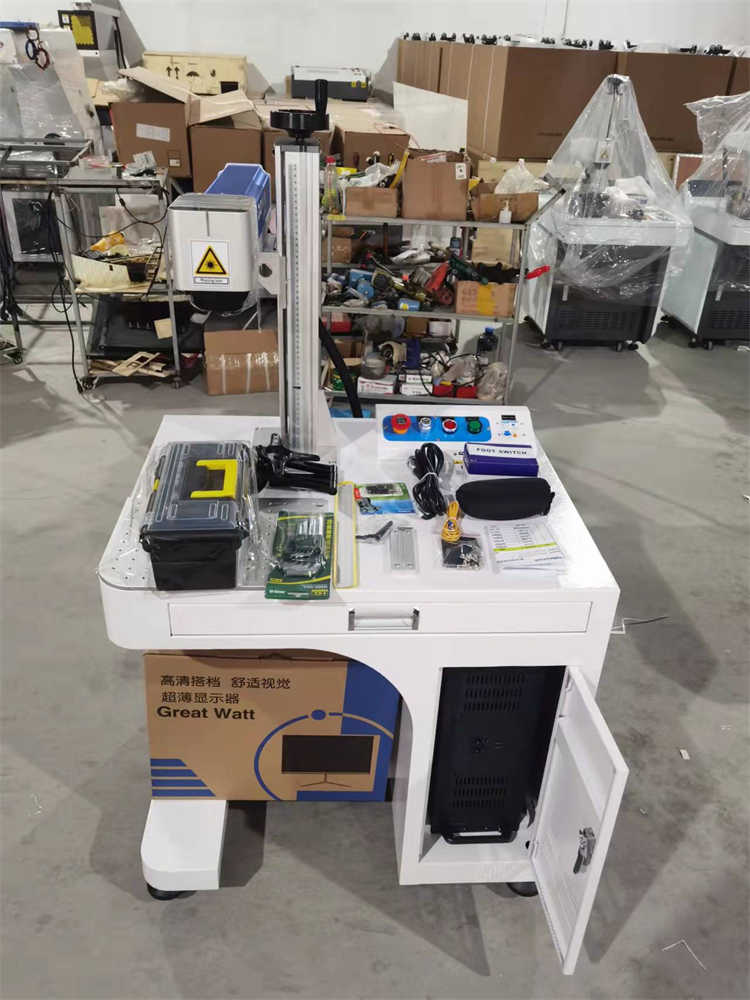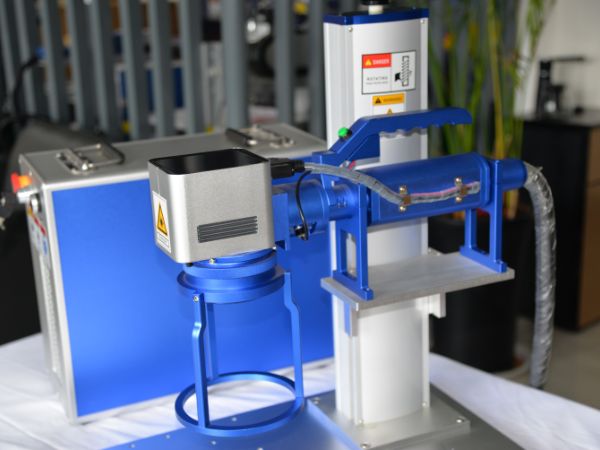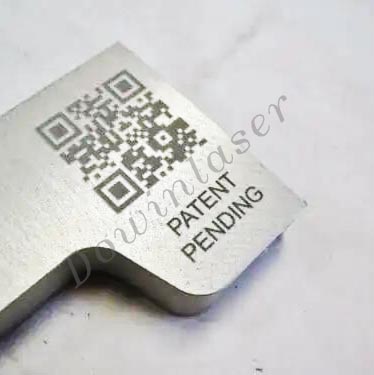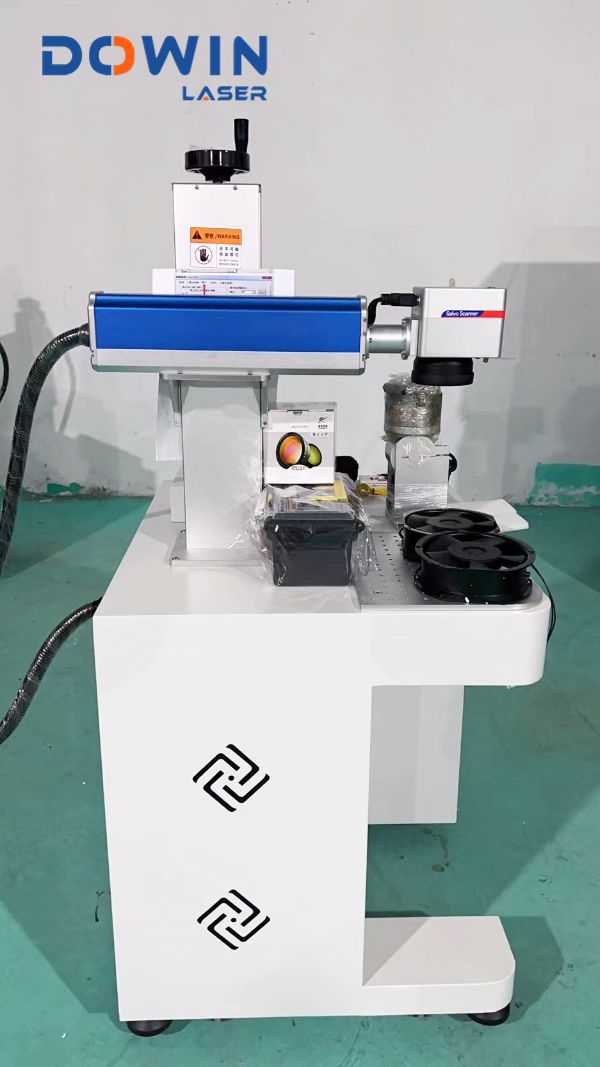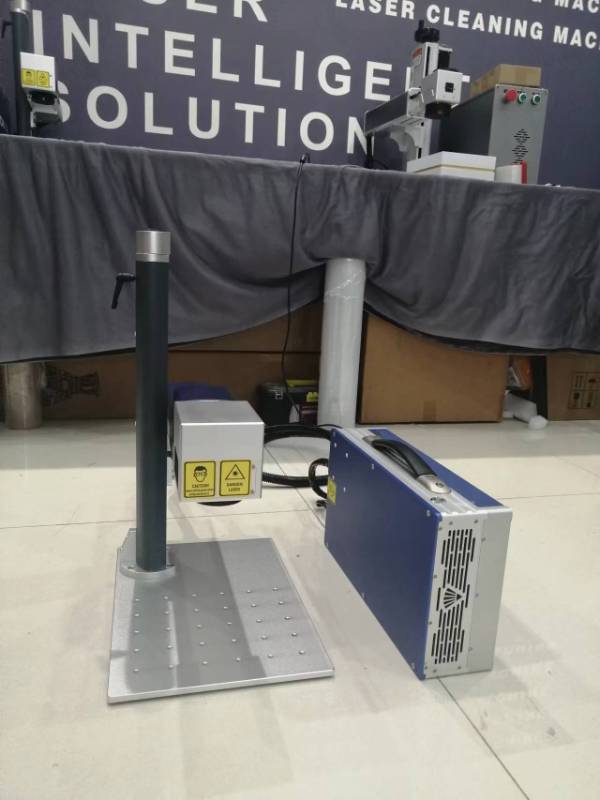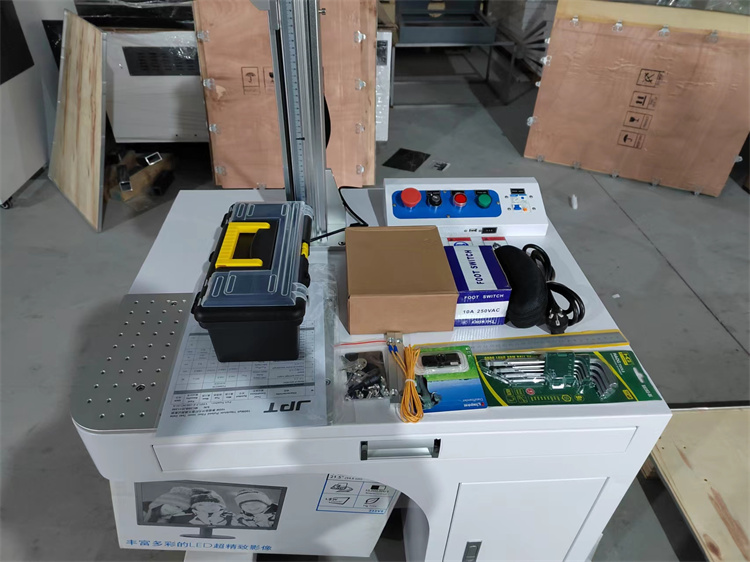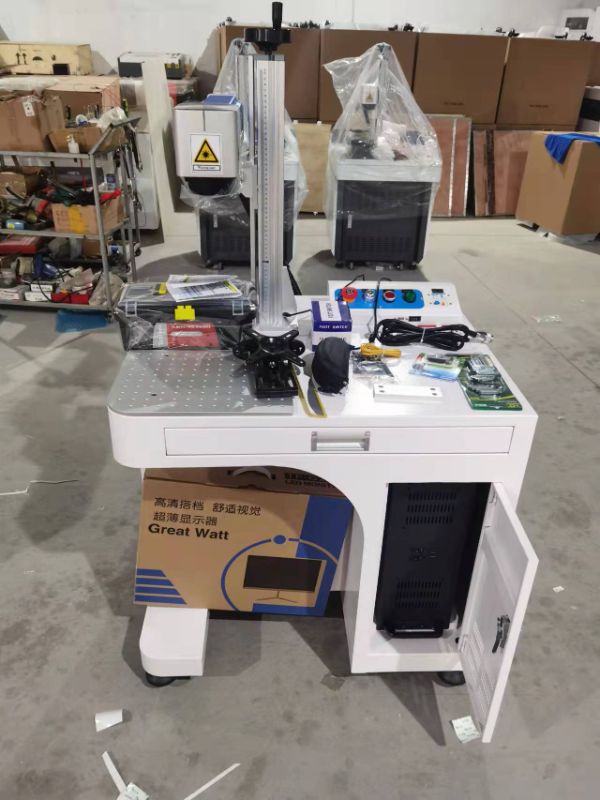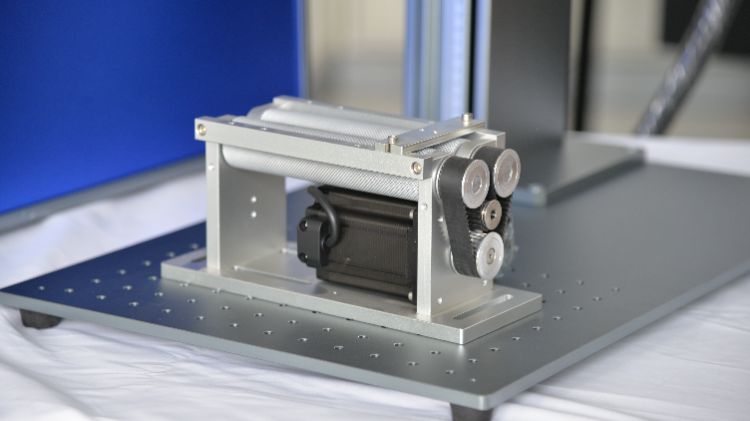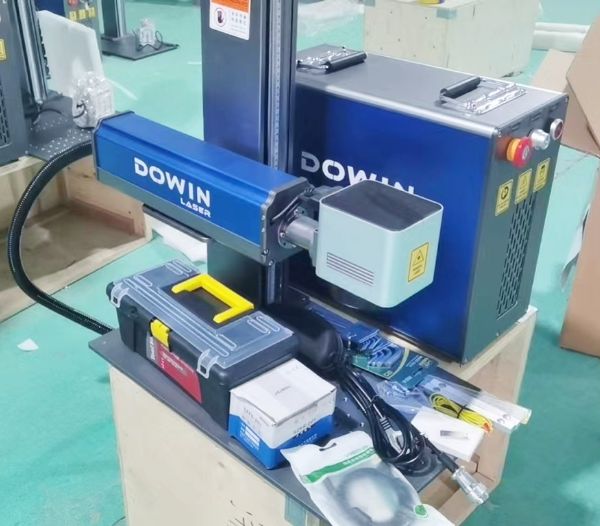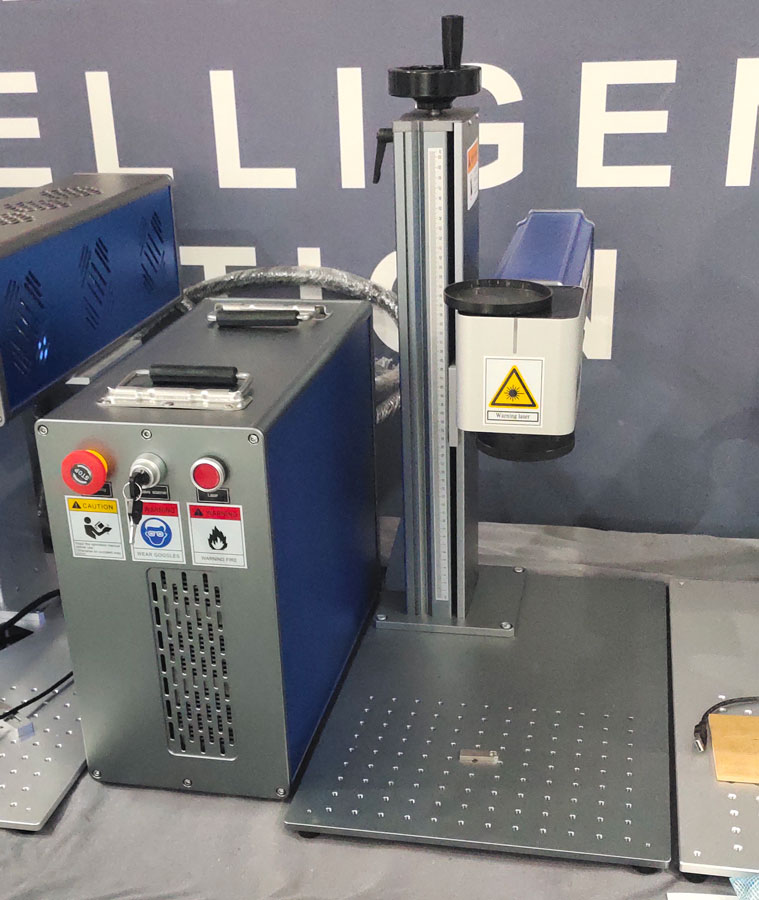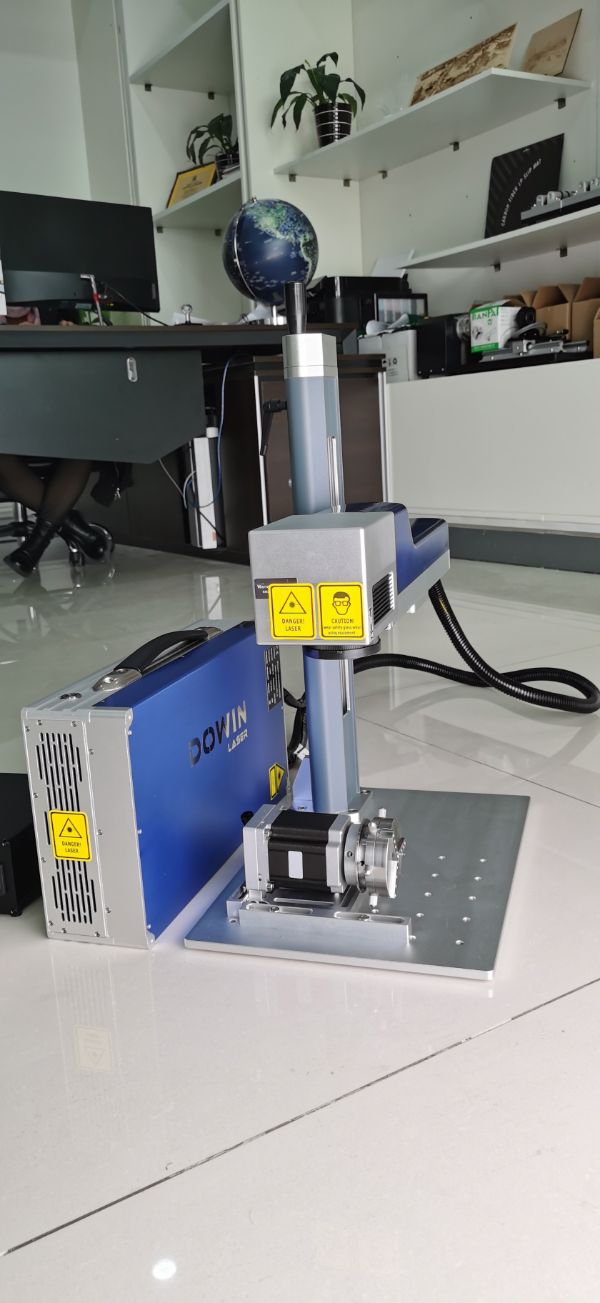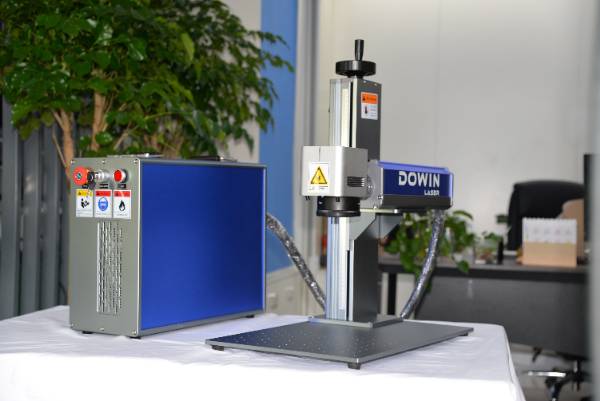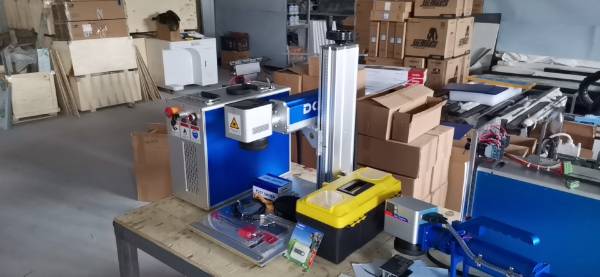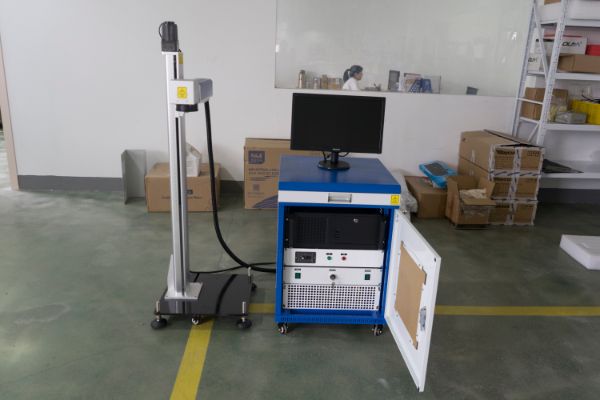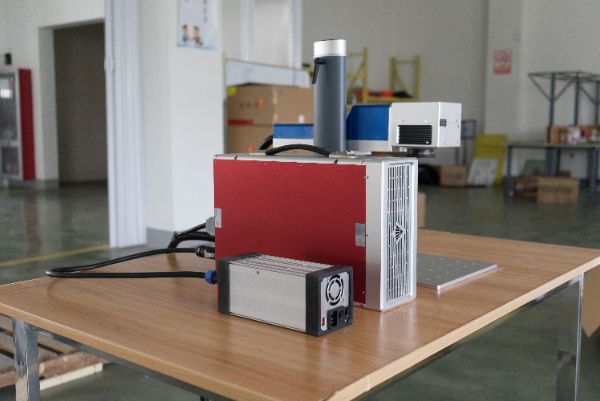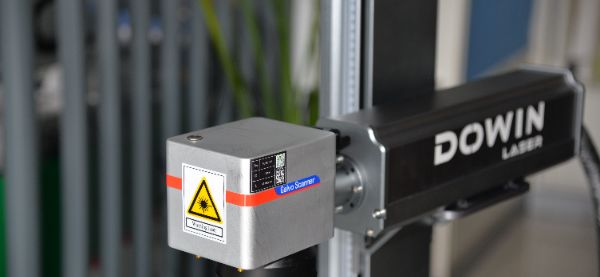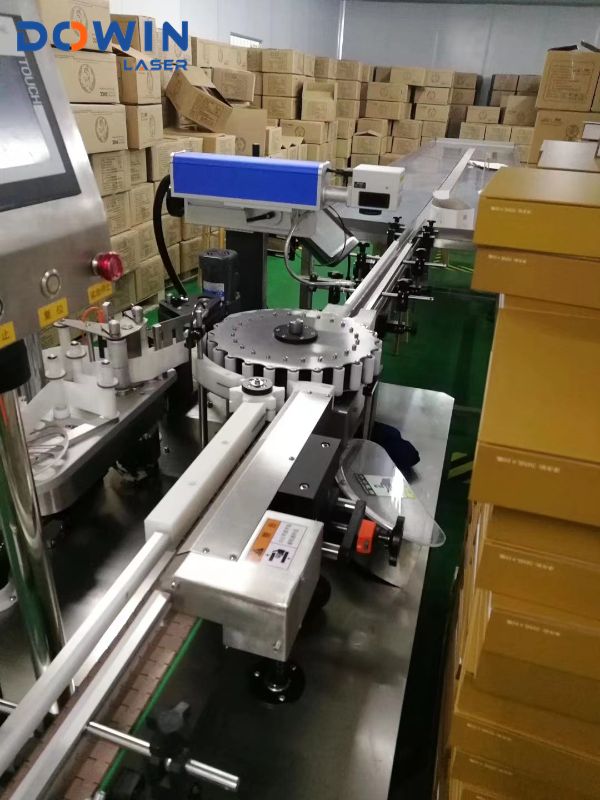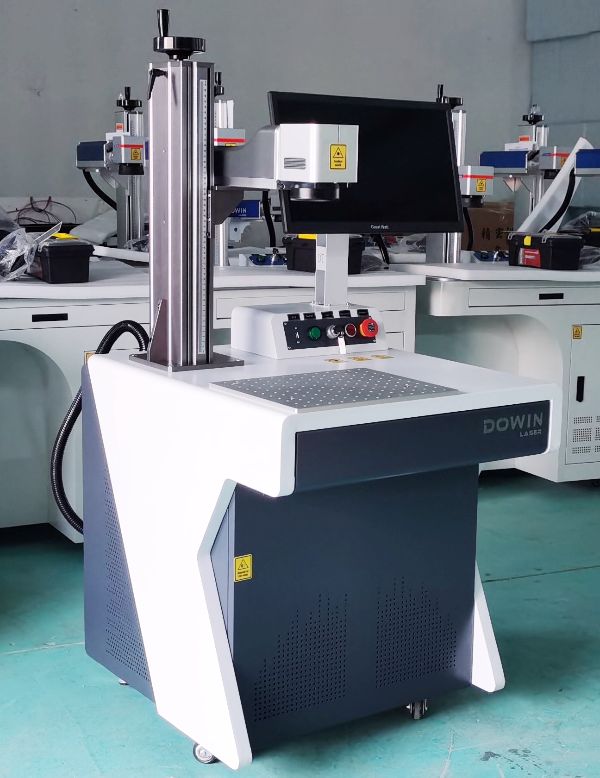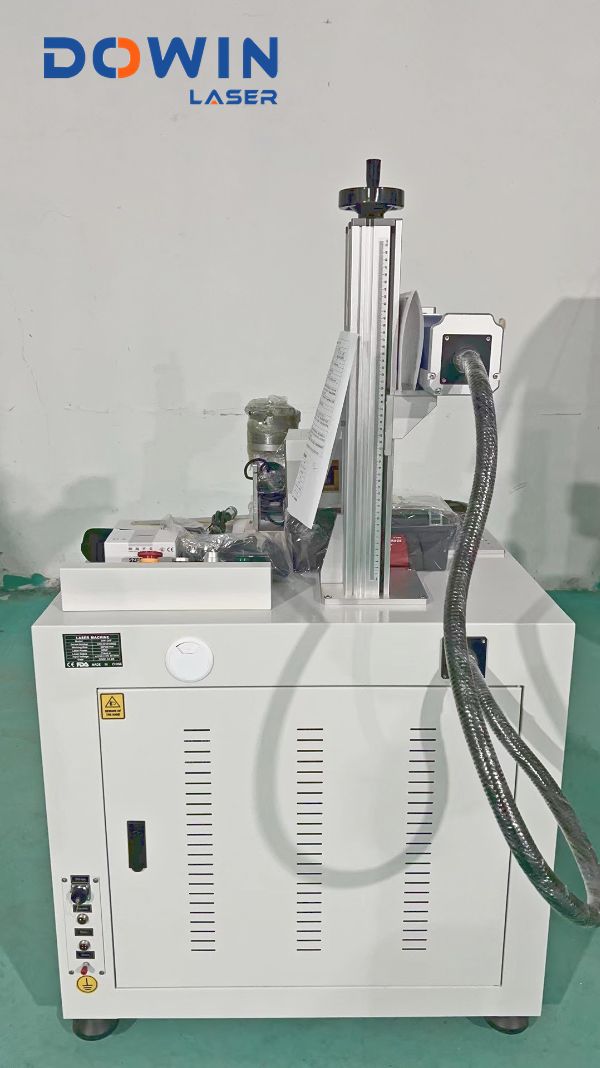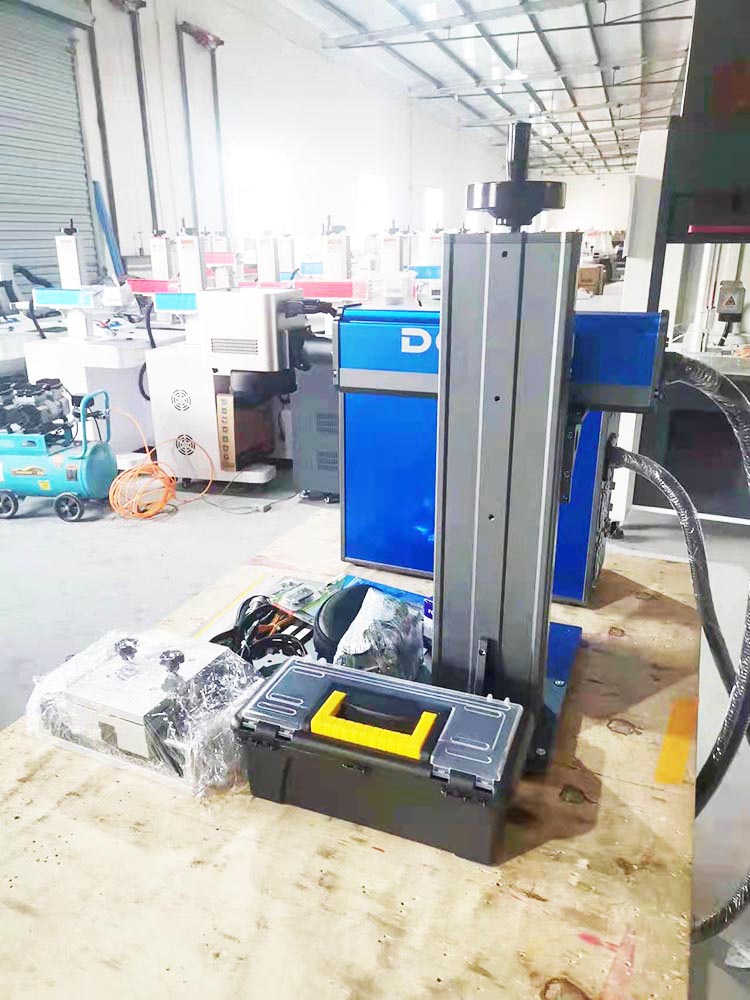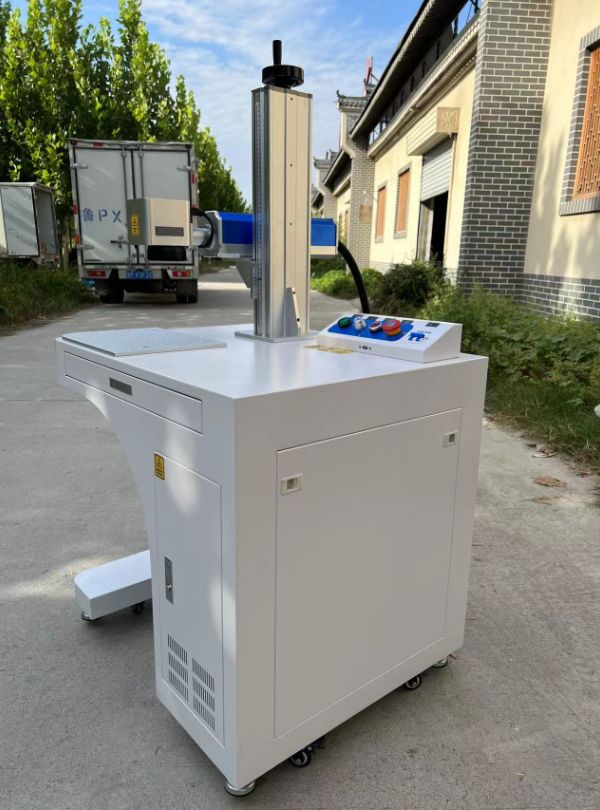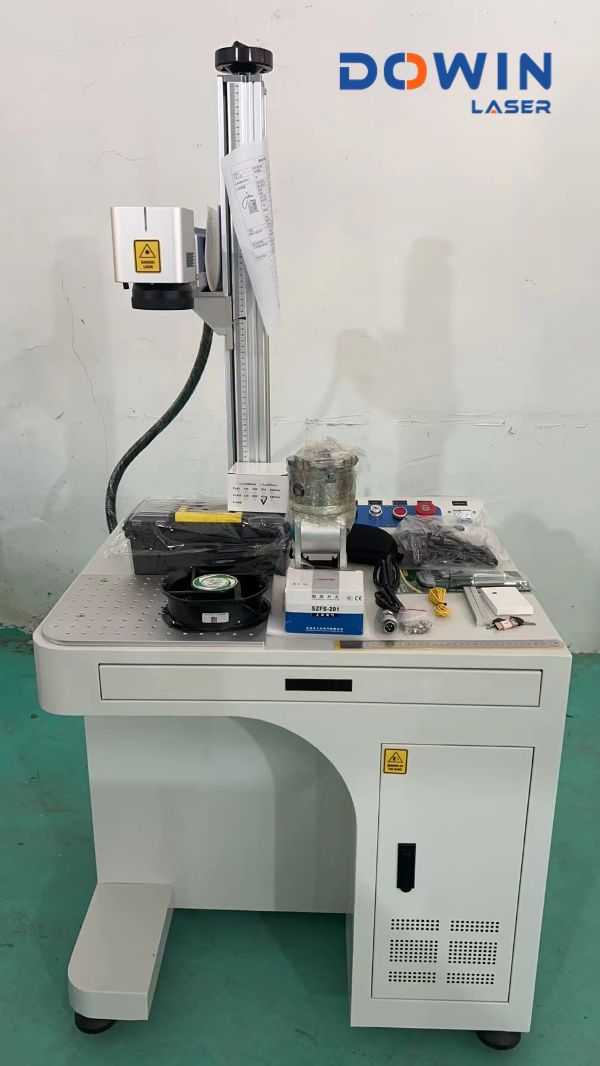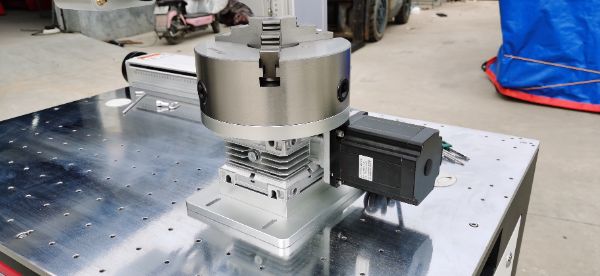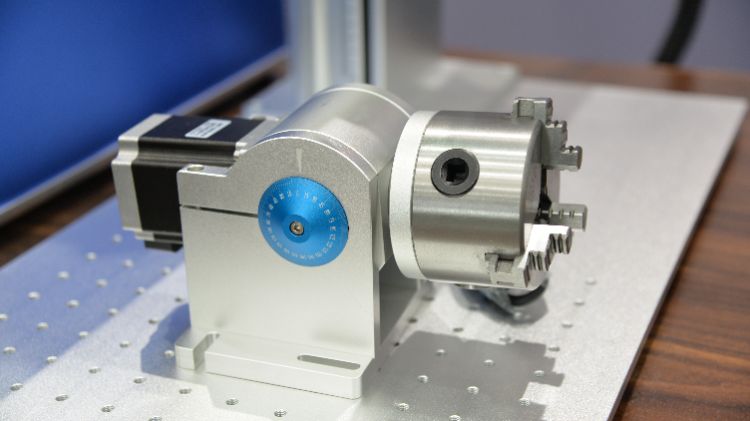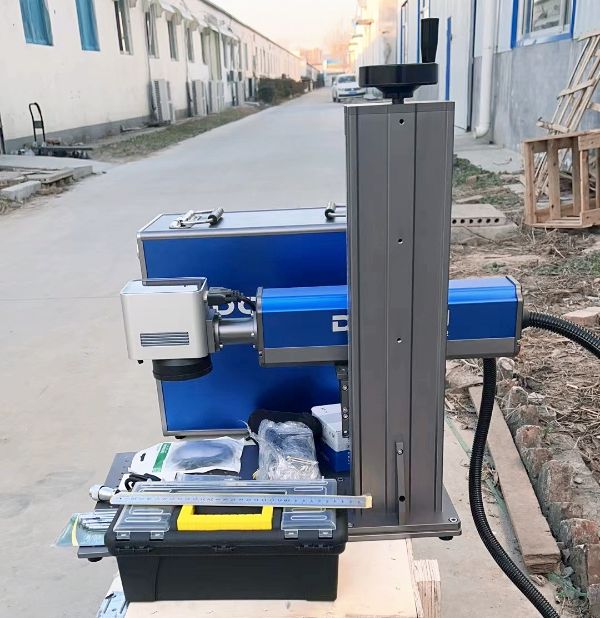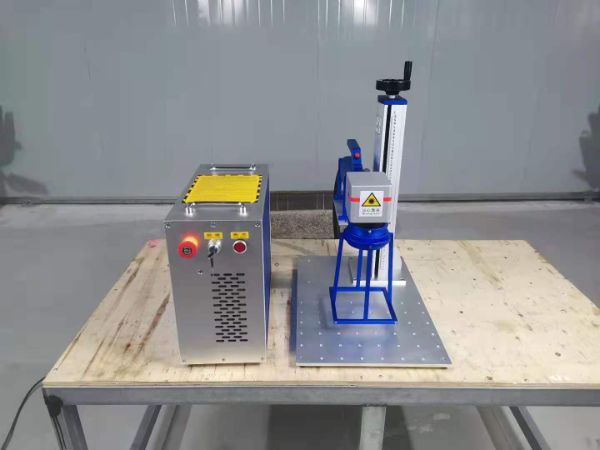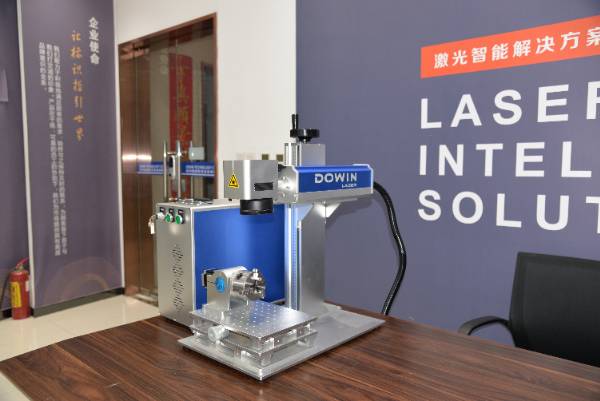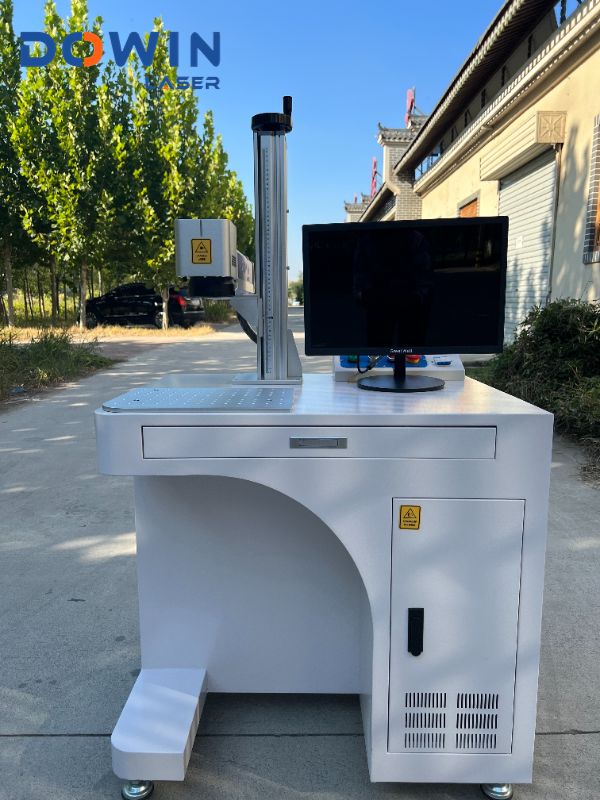Advantages of Handheld Fiber Laser Marking Machines for Marking Large Items
Introduction
In industrial production, construction installation, and logistics management, the need for permanent marking on large items such as doors, windows, and tires is crucial. Traditional marking methods often suffer from inefficiency and lack of flexibility. The emergence of handheld fiber laser marking machines has brought revolutionary changes to this field.
Technical Features of Handheld Fiber Laser Marking Machines
Handheld fiber laser marking machines utilize advanced fiber laser technology and offer the following notable features:
-
High Portability: Compact and lightweight, easily transportable to various work sites
-
Operational Flexibility: Unrestricted by workpiece shape or position, capable of direct marking on large installed items
-
High Precision: Fine laser beams enable clear marking of complex graphics, text, and barcodes
-
Durability: Markings are wear-resistant, corrosion-resistant, and long-lasting
-
Eco-Friendly and Energy-Efficient: No consumables required, low operating costs, compliant with modern environmental standards
Specific Applications for Large Item Marking
1. Door and Window Marking
-
Production Information Marking: Marking production dates, batch numbers, specifications, and models before leaving the factory
-
Installation Information Recording: Labeling installation positions, dates, and responsible personnel information
-
Anti-Counterfeiting Labels: Engraving unique anti-counterfeiting codes or company logos to prevent imitation
2. Tire Marking
-
Production Parameter Labeling: Specifications, production dates, DOT codes, etc.
-
Traceability Management: Unique serial numbers for quality tracking
-
Performance Indicators: Speed ratings, load indexes, and other critical parameters
3. Other Large Items
-
Steel structure numbering
-
Nameplates for large mechanical equipment
-
Warehouse rack labeling
-
Container information marking
Advantages Over Traditional Marking Methods
| Comparison Item | Handheld Fiber Laser Marking Machine | Traditional Marking Methods |
|---|---|---|
| Marking Speed | Fast (completed in seconds) | Slow (requires templates/molds) |
| Flexibility | Extremely high (adjustable on-site) | Low (requires prior preparation) |
| Durability | Permanent marking | Prone to wear and fading |
| Environmental Impact | Pollution-free | Potential chemical pollution |
| Operating Costs | Low (only electricity consumption) | High (consumable materials) |
| Adaptability | Suitable for various material surfaces | Limited by material constraints |
Operational Considerations
-
Safety Precautions: Operators must wear specialized laser safety goggles
-
Parameter Settings: Adjust power and frequency based on different materials
-
Surface Preparation: Ensure the marking area is clean and dry
-
Equipment Maintenance: Regularly clean optical lenses and maintain proper heat dissipation
-
Operator Training: Personnel must undergo professional training
Future Development Trends
With the advancement of IoT and smart manufacturing, handheld fiber laser marking machines will evolve in the following directions:
-
Integration with mobile terminals for real-time data transmission and cloud management
-
Incorporation of automatic identification technology for combined marking and identification
-
Further miniaturization and intelligence to enhance user experience
-
Expanded material compatibility, including composite materials and special coated surfaces
Conclusion
Handheld fiber laser marking machines, with their unique advantages, are becoming the preferred solution for marking large items. They not only improve marking efficiency and quality but also enable digital production processes and traceability management for businesses. As technology continues to advance, their applications will expand further, delivering greater value across various industries.

